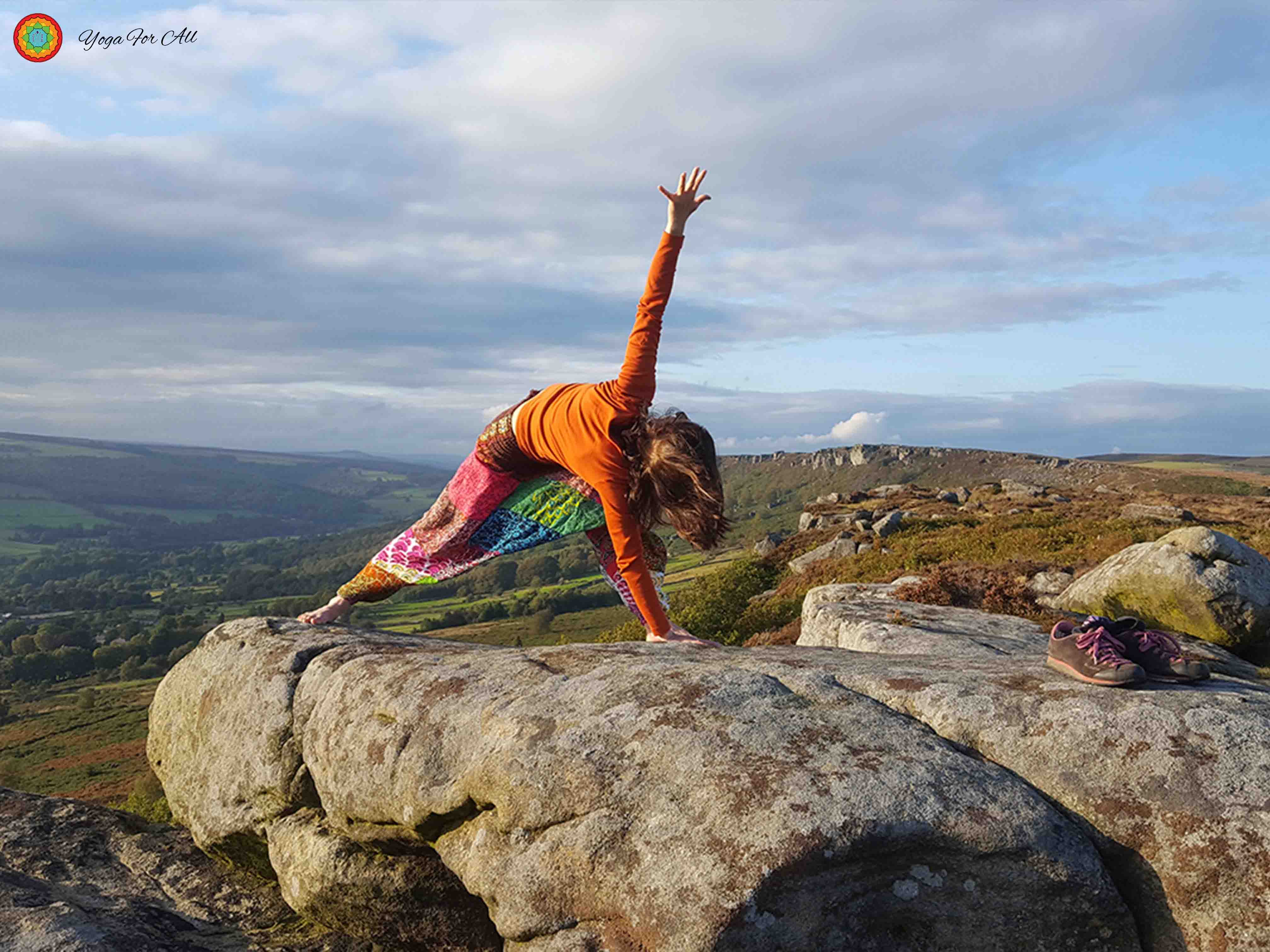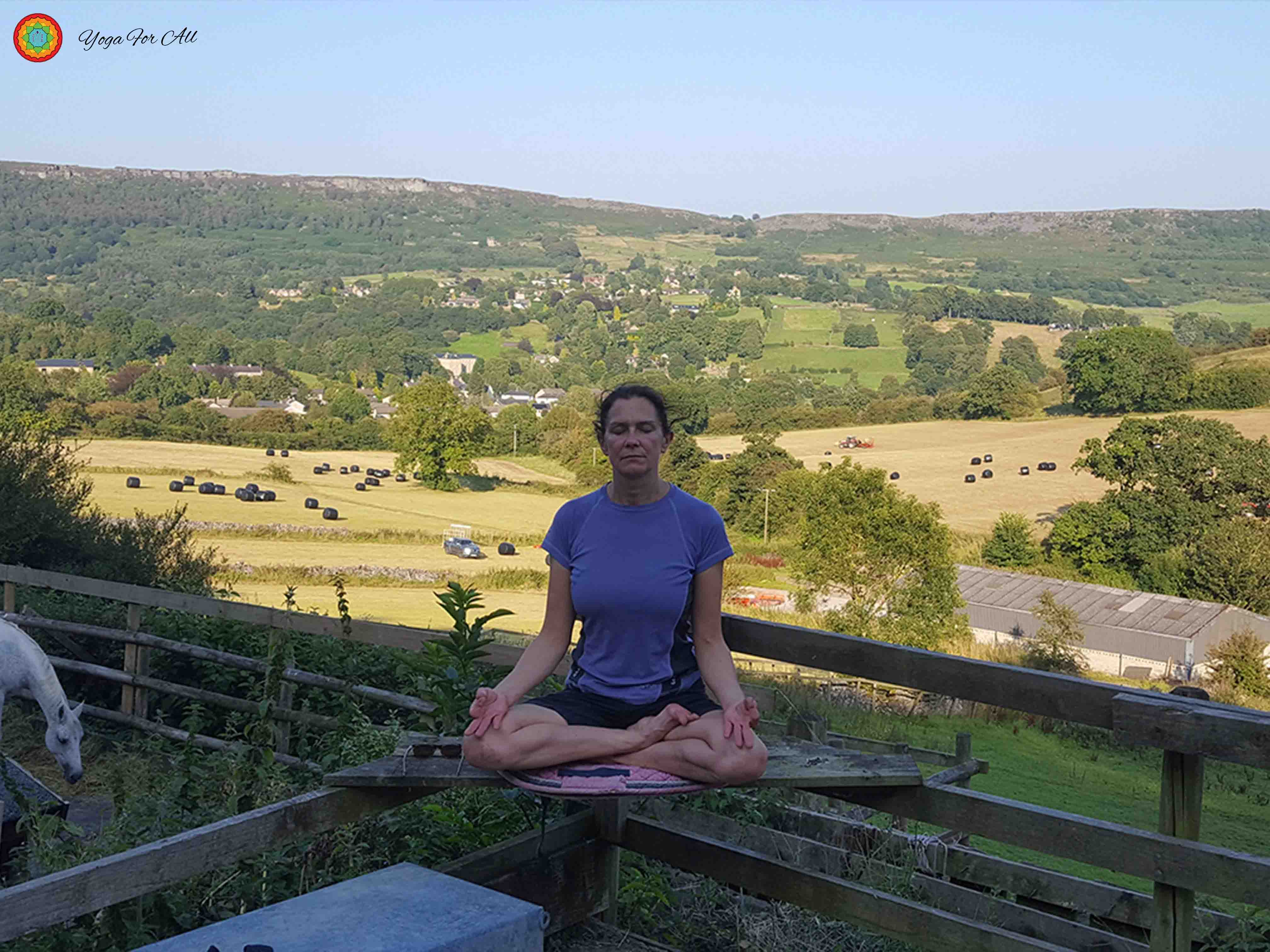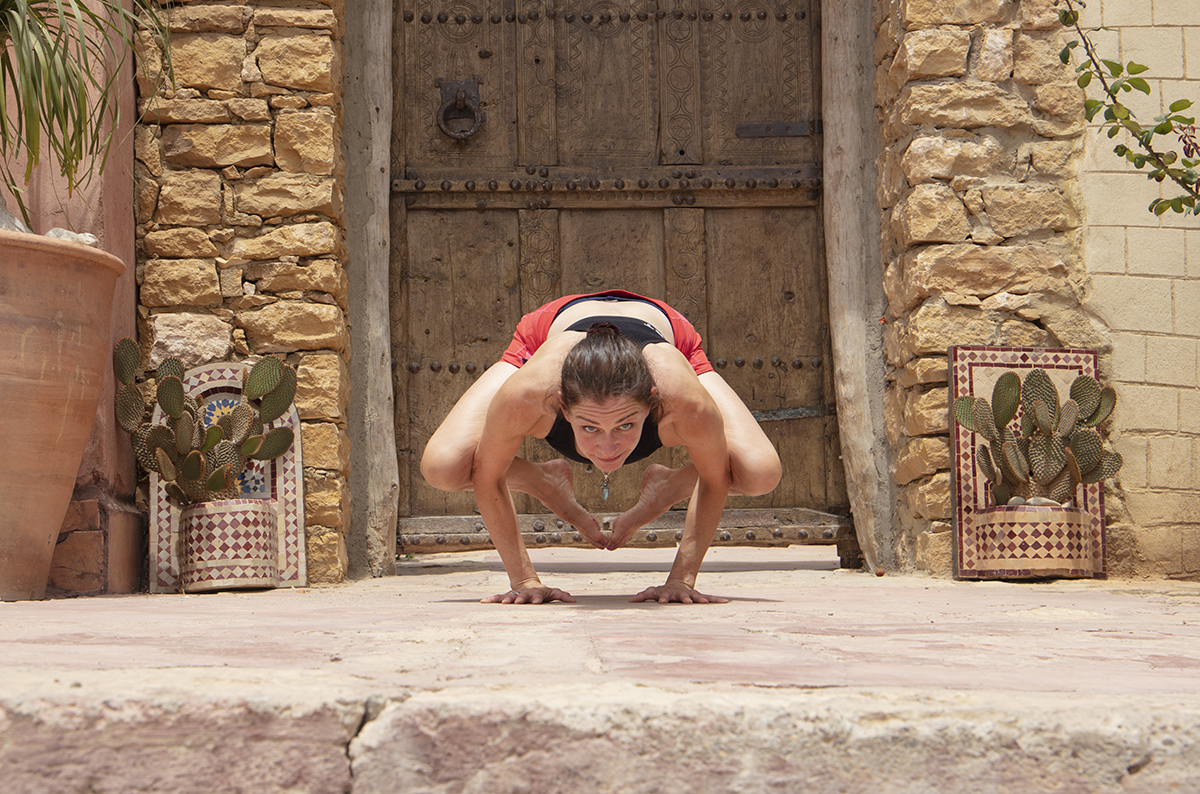Theory Three - Asanas
Added by Helen
Posted 29th May 2020

Introduction
Ancient sages developed an integral system to ward off or delay the aging process and to keep the physical and mental faculties strong. These principles are effective exercise, effective breathing, relaxation, a specific diet, positive thinking and meditation and Hatha yoga follows these principles today.
Yogic exercise acts as a lubrication system to the joints, muscles, ligaments, tendons etc by increasing circulation and flexibility. Yoga is a complete overhaul of the entire being to rebalance the body. It brings strength to the weak areas, softens the rights spots, and is a work out and work in. It’s the drawing of energy, developing balance, and un-obstructing nerve currents.
Asana means ‘steady pose’ and is held for some time, performed slowly and consciously, and therefore in addition to the physical benefits, there are mental and concentration benefits.
Physical Focus of Yoga
Yoga exercise focuses first on the health of the spine. By maintaining the spine’s flexibility and strength through asanas, circulation is increased, the nerves are ensured their supply of nutrients and oxygen, the body retains a youthful state.
Yoga places stringent focus on knee, ankle, hip and sacrum alignment during static poses to lessen the chance of injury and to strengthen and loosen the joints to promote healthy movement that carries over to many other activities. Poses held for several minutes serves to create a deep connection to the muscle tissue, encouraging it to relax and stretch.
Flexibility helps protect your muscles and joints from injury, while strength helps control and support your flexibility, and promotes good posture.
Asanas also effect the deeper and more subtle parts of the body. The internal organs receive massage and stimulation through the various movements of the asanas and are toned into functioning more efficiently. Yoga works on the internal machinery of the whole body, especially on such key pressure points as Chinese acupuncture areas. Stimulation of these points increases the flow of nerve energy, or ‘prana’ or ‘chi’.
Yoga promotes health for all systems in the body. The endocrine system effects the emotions of the mind and vice versa, yoga aims, though its various postures to restore the internal secretions of these glands to their normality. There are different exercises for the strengthening of different glands. Mental emotions such as fear, sorrow, anger etc affect our bodies, especially the endocrine system and nervous system and can lead to the degeneration of the endocrine glands. Yoga postures help to strengthen the endocrine system through exercises and also bring the emotions under control through concentration and relaxation.
The physical body is built of trillions of cells, each containing a miniature life and energy for a definite function. Cells are nourished from food brought by blood circulation which is kept up through various asanas, covering every part of your body.
The fundamental difference between yogic exercise and ordinary physical exercise is that yogic exercise opposes violent muscle movements as they produce large amounts of lactic acid in the muscle fibres causing fatigue. In the yogic system all movements are slow and gradual with effective breathing and relaxation. Carbon dioxide and other metabolites are produced by active muscles. By doing yoga we can check the accumulation of toxic acids and can eliminate them if already over accumulated in the blood.
Yoga can help increase circulation and keep arteries elastic.
Focus on Restoring Energy
Yogic breathing connects the body to its battery, the ‘solar plexus’ where a great deal of energy is stored and released through pranayama, for physical and mental rejuvenation. Relaxation is nature’s way of re-charging the body. When the body and mind are continually over-worked, their efficiency diminishes. In order to regulate and balance the work of the body and mind, it is necessary to learn to economise the energy produced by our body, which is the main purpose of learning how to relax. Even while resting, the average person expends much energy through needless physical and mental tension, thus most of the body’s energy is wasted. In the course of one day our body usually produces all the substances and energy necessary for the next. But often all these are consumed within a few minutes by a bad mood, anger, injury, irritation or anxiety / worry that reaches a high degree of intensity. During effective relaxation there is practically no prana, or energy being consumed, and some is stored and conserved. In order to achieve perfect relaxation 3 levels of relaxation – physical, mental and spiritual must be attained.
Focus on Wellbeing
Asanas help you develop single pointed concentration, particularly balances which can transfer to your everyday life. Asanas draw your mind to the present, meaning that thoughts and worries drop away and help you develop strategies to help you control your thoughts. Yogic breathing, positive thoughts and meditation put you in control. By learning to control the body we can easily train the mind to positive thinking. As yoga poses are always practiced with deep breathing, relaxation and concentration, they help to develop mental control. The mind that is unsteady by nature or through external circumstances can be slowly brought under control through yoga exercise.
Deep focus of full involvement of the exercise, and being in the zone is known to have positive effects on your wellbeing. It’s about being aware of yourself and your body, about tuning in to your body and mind. It’s about seeing progress as a journey at your own individual level and losing self-consciousness and thoughts of fear and failure. We all begin yoga to become flexible, not because we already are. There is no failure in yoga, only self-love, self-focus, and respect and positive regard for others in the class, and indeed outside the class. We do yoga to improve our health and wellbeing, develop increased positivity, and to be mentally and physically more comfortable in our bodies, feeling looser and freer and harmonious.
Each asana pose is an affirmation, a commitment to ourselves to improve our health, promoting self-awareness and positive thought patterns, a great feel good factor, developing mindfulness, deep breathing and movement triggering feel good chemicals – dopamine and endorphins. Sometimes we can begin a yoga session either in a restless state or a lethargic state. By the end of the session usually we feel uplifted, relaxed and peaceful.
Reference: The Complete Illustrated Book of Yoga Swami Vishnu-Devananda, Anatomy of Yoga L Kaminoff and A Matthews and The Classic Yoga Bible C Brown.

